The Peshtigo Fire. 1871. Peshtigo Wisconsin. Where Jean Philippe Soquet lost his first farm.
The Peshtigo Fire. 1871. Peshtigo Wisconsin. Where Jean Philippe Soquet lost his first farm in America.
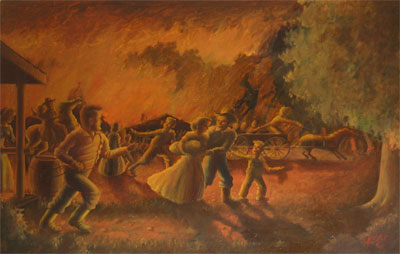
The Peshtigo Fire was a forest fire that took place on October 8, 1871 in and around Peshtigo, Wisconsin. It was a firestorm that caused the most deaths by fire in United States history, with estimated deaths of around 1,500 people,[1] possibly as many as 2,500.[2] Occurring on the same day as the more famous Great Chicago Fire, the Peshtigo Fire has been largely forgotten.[3][4] On the same day as the Peshtigo and Chicago fires, the cities of Holland and Manistee, Michigan, across Lake Michigan, also burned and the same fate befell Port Huron at the southern end of Lake Huron as well.
The setting of small fires was a common way to clear forest land for farming and railroad construction. On the day of the Peshtigo Fire, a cold front moved in from the west, bringing strong winds that fanned the fires out of control and escalated them to massive proportions.[5] A firestorm ensued. In the words of one author, “A firestorm is called nature’s nuclear explosion. Here’s a wall of flame, a mile high, five miles (8 km) wide, traveling 90 to 100 miles per hour (160 km/h), hotter than a crematorium, turning sand into glass.” [6] By the time it was over, 1,875 square miles (4,860 km² or 1.2 million acres) of forest had been consumed, an area approximately twice the size of Rhode Island. Some sources list 1.5 million acres (6,100 km²) burned.[citation needed] Twelve communities were destroyed. An accurate death toll has never been determined because local records were destroyed in the fire. Between 1,200 and 2,500 people are thought to have lost their lives. The 1873 Report to the Wisconsin Legislature listed 1,182 names of deceased or missing residents.[7] In 1870, the Town of Peshtigo had 1,749 residents.[8][9] More than 350 bodies were buried in a mass grave,[10] primarily because so many had died that no one remained alive who could identify many of them.
Mass grave
The fire jumped across the Peshtigo River and burned on both sides of the inlet town. Survivors reported that the firestorm generated a fire whirl (described as a tornado) that threw rail cars and houses into the air. Many escaped the flames by immersing themselves in the Peshtigo River, wells, or other nearby bodies of water. Some drowned while others succumbed to hypothermia in the frigid river. The Green Island Light was kept lit during the day because of the obscuring smoke, but the three-masted schooner George L. Newman was wrecked offshore; the crew was rescued without loss.[12]
The fire was so intense it jumped several miles over the waters of Green Bay and burned parts of the Door Peninsula. In Robinsonville (now Champion) on the Door Peninsula, Sister Adele Brise and other nuns, farmers, and families fled to a local chapel for protection. There they participated in prayers and devotions to the Virgin Mary. Although the chapel was surrounded by flames, it survived.[13][14][15] Those gathered at the chapel considered their survival a miracle.
http://en.wikipedia.org/wiki/File:PeshtigoFireExtend.png
Link to original ariticle Why the Peshtigo Fire?
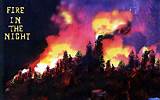
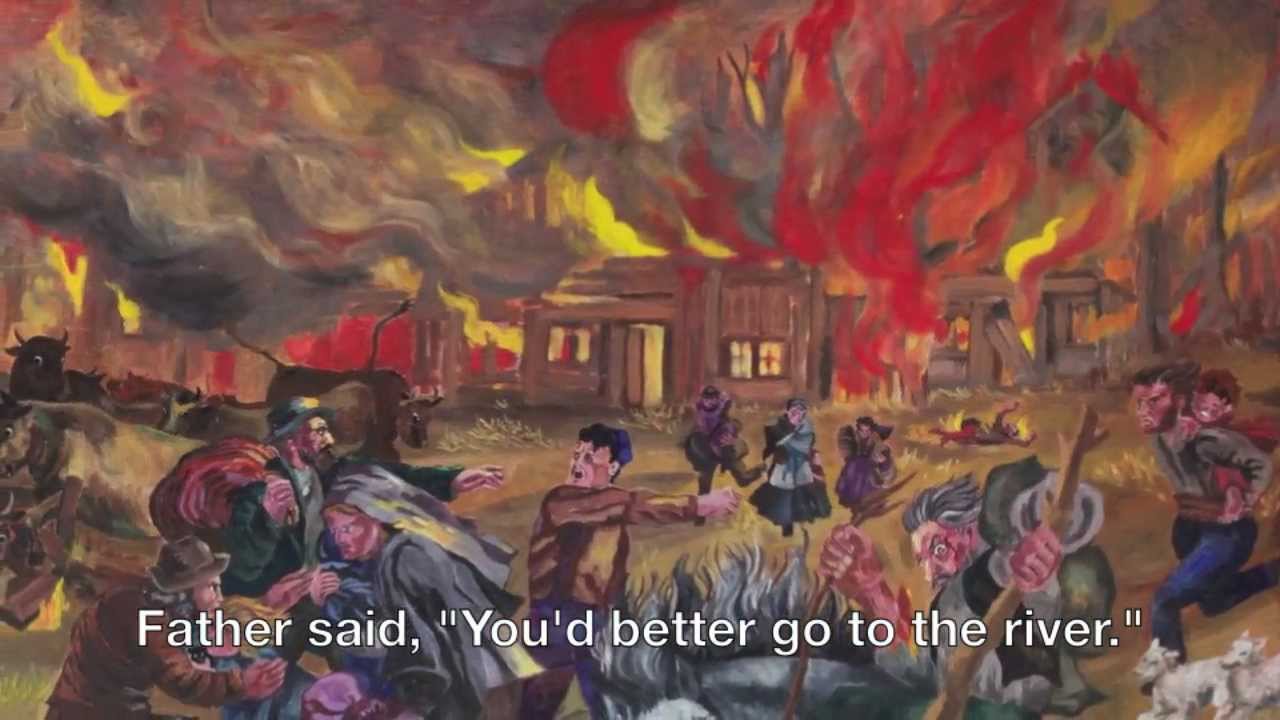

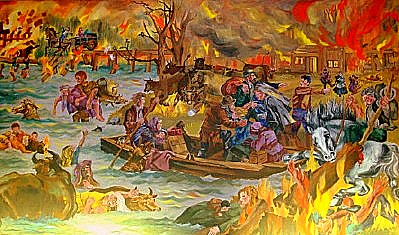
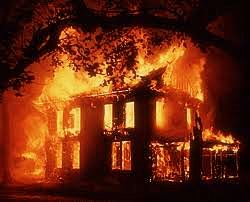

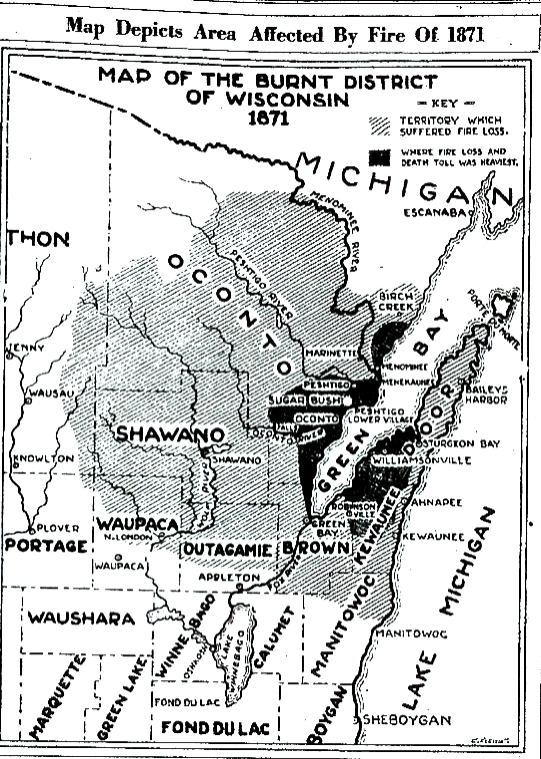
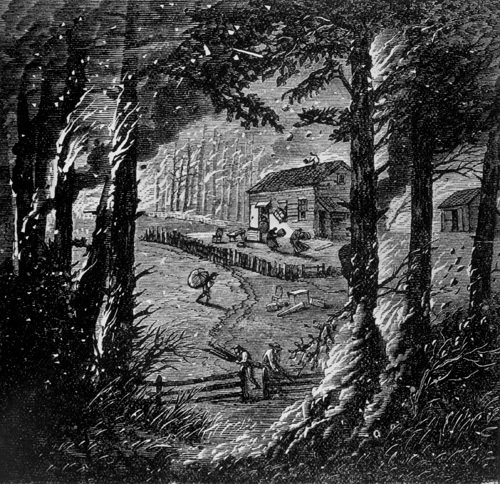
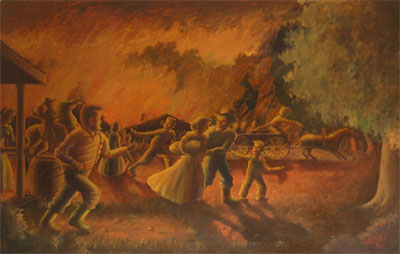
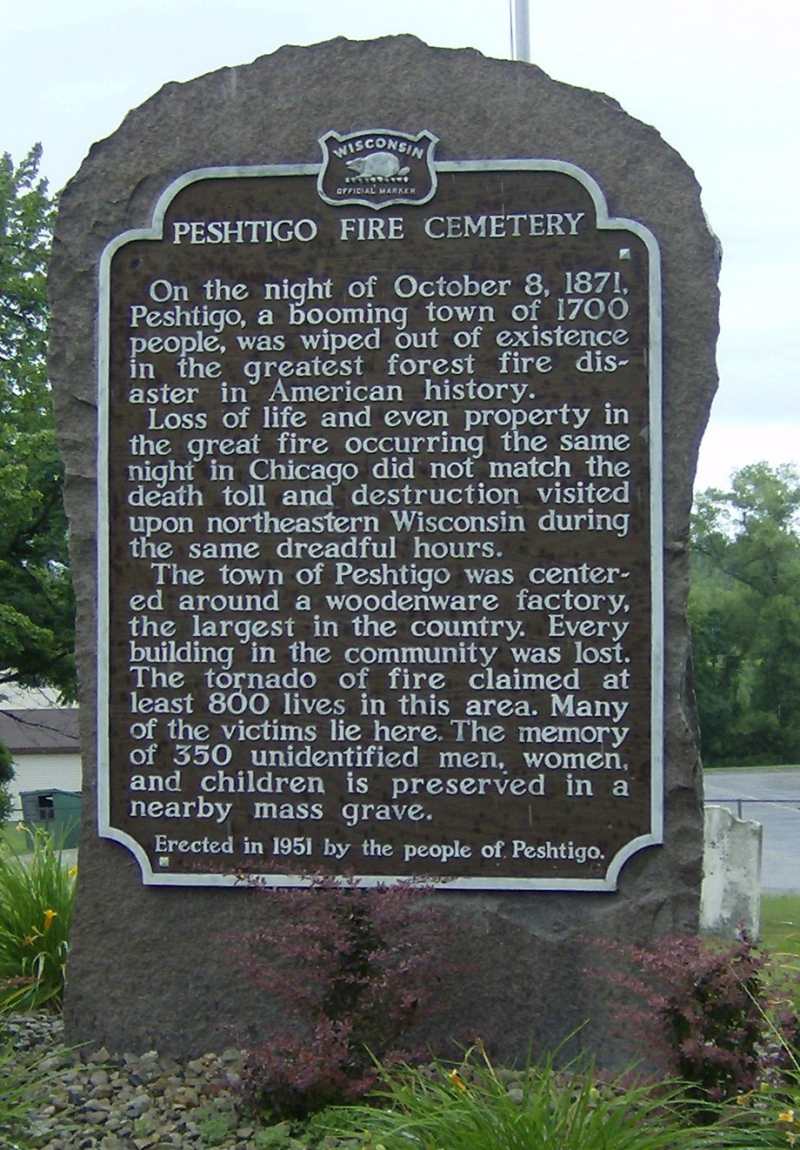

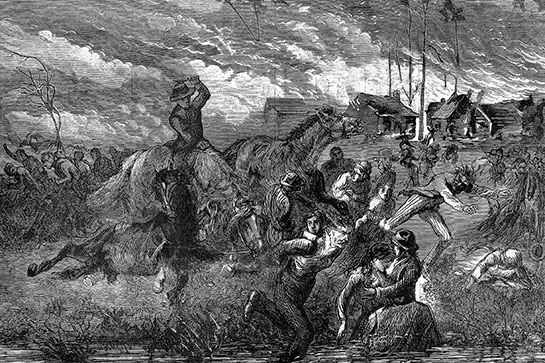












Interact with us using Facebook